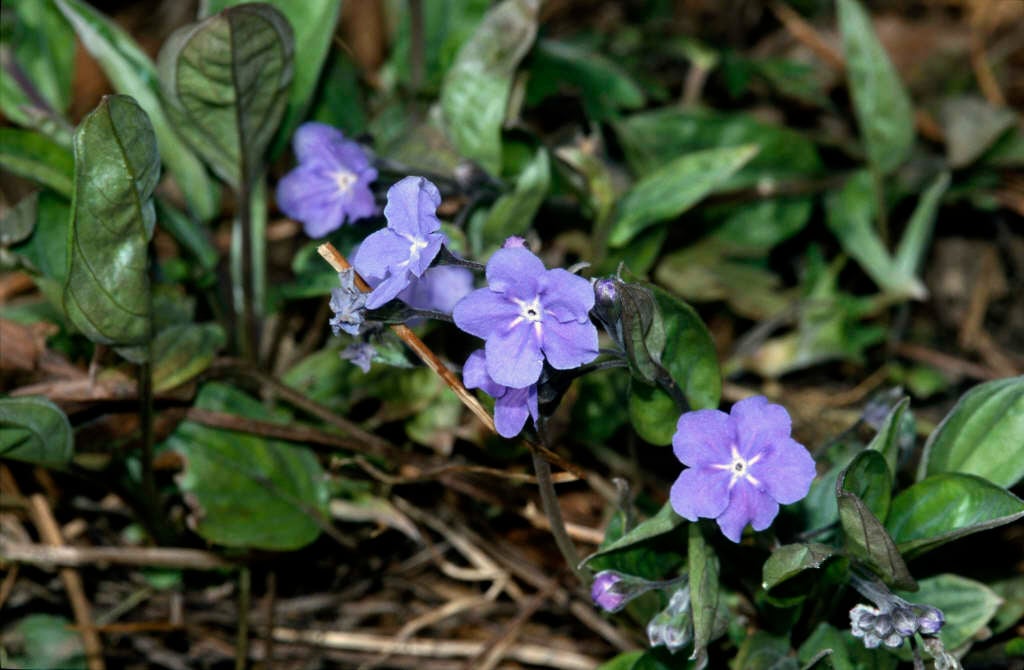Not the plant you're looking for? Search over 300,000 plants
Herbaceous Perennial
Size
Ultimate height
0.1–0.5 metresTime to ultimate height
2–5 yearsUltimate spread
0.1–0.5 metresGrowing conditions
Chalk
Clay
Loam
Sand
Moisture
Moist but well–drained, Poorly–drainedpH
Acid, Alkaline, NeutralColour & scent
| Stem | Flower | Foliage | Fruit | |
| Spring | Blue White | Green | ||
|---|---|---|---|---|
| Summer | Green | |||
| Autumn | ||||
| Winter |
Position
- Partial shade
Aspect
East–facing or West–facing
Exposure
Sheltered Hardiness
H5Botanical details
- Family
- Boraginaceae
- Native to GB / Ireland
- No
- Foliage
- Evergreen
- Habit
- Clump forming
- Genus
Omphalodes can be annuals, biennials or perennials, with simple leaves and terminal racemes or cymes of blue or white flowers resembling those of Myosotis (forget-me-not)
- Name status
Correct
- Plant range
- Turkey & Caucasus
How to grow
Cultivation
Grow in a moderately fertile, moist soil enriched with humus in partial shade
Propagation
Propagate by seed in pots in a cold frame in spring. Propagate by division in early spring.
Suggested planting locations and garden types
- Cottage and informal garden
- Flower borders and beds
- Underplanting of roses and shrubs
- Ground cover
Pruning
Cut down after flowering
Pests
Diseases
Generally disease-free
Get involved
The Royal Horticultural Society is the UK’s leading gardening charity. We aim to enrich everyone’s life through plants, and make the UK a greener and more beautiful place.
